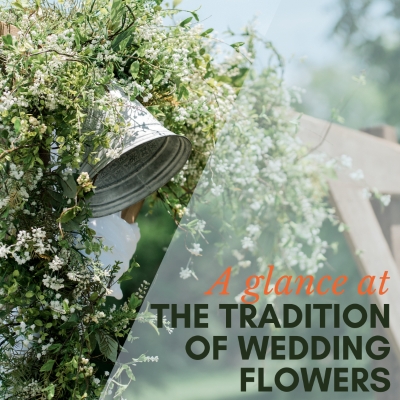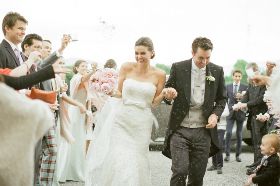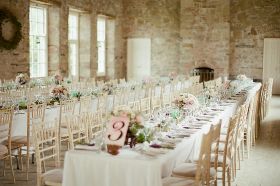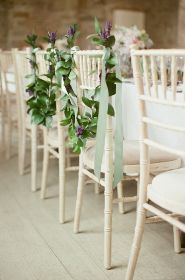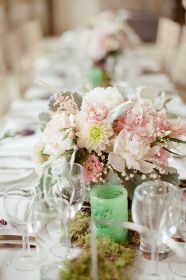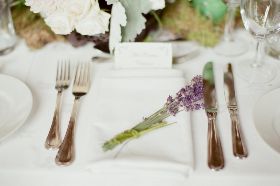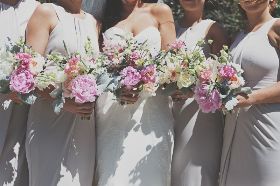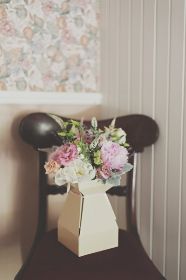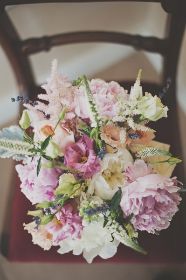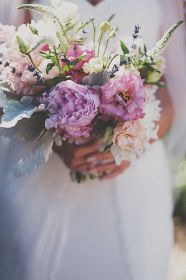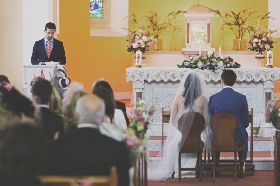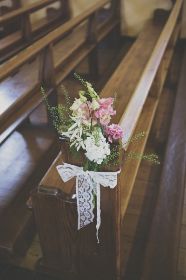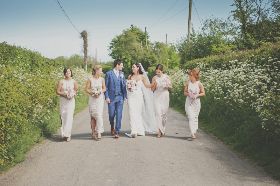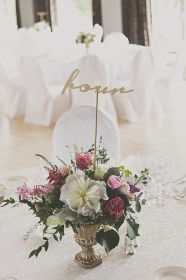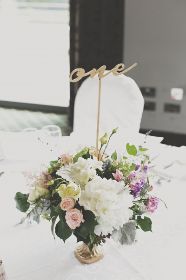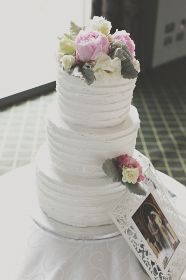A glance at the Tradition of Wedding Flowers By Bryanna Sweeney
Occasionally I'd meet brides-to-be who had zero interest in flowers. “I’m only getting them because it’s tradition,” they’d bemoan or, "Because Mam said we have to have flowers.” But a wedding without flowers seems like a dull affair. Okay, I accept that there are other ways to embellish your nuptials sans fleurs but I’ve come to learn that because somebody isn’t into flowers, it doesn’t mean they can’t appreciate what they have to offer.
Layered with symbolism, the practice of wedding flowers and in particular the bridal bouquet is an ancient tradition. The Greeks, Romans and Egyptians carried herbs and spices, such as dill, garlic and thyme to protect them from evil spirits and bad luck. They symbolised fertility, joy and hope. The scent also masked any funky body odours one might possess. The purpose of the bouquet has shifted over the years and by the Middle Ages, we see brides choosing flowers instead of herbs to convey romantic feelings.
Trendsetter Queen Victoria is credited with popularising the addition of florals to the bouquet mix, most notably myrtle, a stalk of which was planted in Fulham Palace which lives on today. Since then, countless British royal brides have collected such ‘traditions’ from one generation to the next. Another custom was set by Lady Elizabeth Bowes-Lyon who asked for her bouquet to be put on The Grave of the Unknown Warrior in Westminster Abbey. A habit adopted by royal brides ever since.
Across the world, flowers are a dominant feature of weddings in India, Thailand and Mexico to name a few where the ceremony would not be possible without their presence. In India, a fresh flower garland called the jaimala is placed by the bride on her groom in acceptance of his proposal. He then places one called the mangal sutra on her. Meanwhile, in Italy, even the front bumper of the wedding car is decked out in fresh blooms.
Today, brides are more likely to choose their selection based on the flower’s beauty, colour, or the bride's style as a complement to her gown. Some might choose an intricate cascade of florals while others might choose a simple hand-tie or a small posy of roses. The world is your oyster when it comes to the variety of designs and flowers available. If you don’t want a bouquet whatever the reason, you could weave a few florals into your hair or onto a corsage to satisfy Mam and tradition.
Besides the bridal bouquet, ceremonial florals range from rose petals scattered along the aisle to stalks of roses tied with satin ribbon line the chairs to guide the bride. If the budget is no object, you can fill alters and hallways with blossoms springing from once empty stone urns boosted by the richness of plant life. Matching florals worn by the bride and groom party to unite the story. The scene is a living art installation for one day by invite only.
However, as customs morph to suit individual tastes, people are willing to forgo the status quo. You might not choose to have a bouquet or ceremony flowers at your wedding but you might still choose to incorporate florals into other aspects of the day for guests to enjoy.
That’s not to say you can’t have a wedding without flowers, but you’d know something was missing. You don’t always have to get flowers for your wedding, but you get to have flowers at your wedding, an important distinction in a fast-moving society. If you’re stuck for ideas, as always, you should contact A Room In Bloom for a consultation where wedding flowers are a speciality.
As for those who walked the aisle, what did you do for your wedding bouquet and what did you do with it after? Let us know in the comments below.
Sources used to write the post are here.
